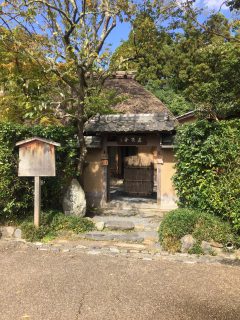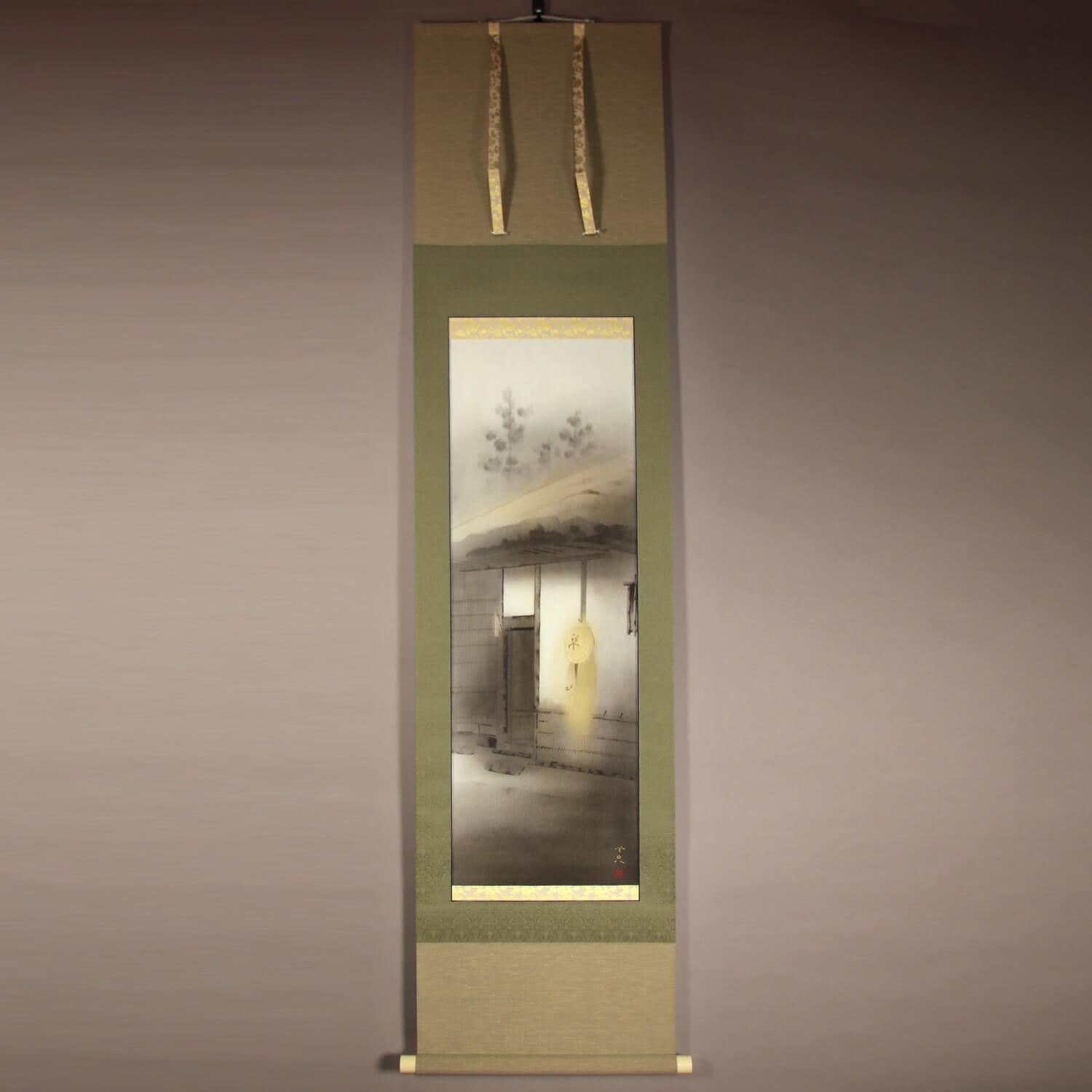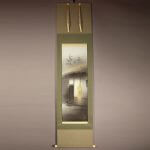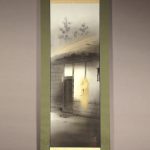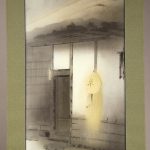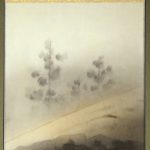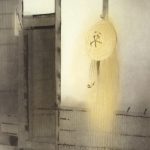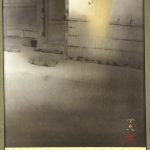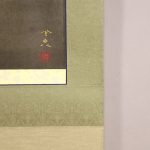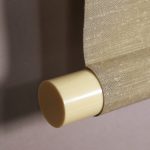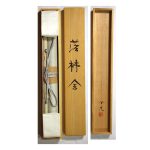Products Lineup
News / Blog
Other Menus
Rakushisha / Takayoshi Satou -
- Product ID
- 0183
- Name
- Takayoshi Satou
- Profile
1950-
A special member of Nihon Bijutsuin
(The Japan Academy of Fine Arts)
A disciple of Ikuo Hirayama- Size
- 475mm x 1760m
- Roller End Material
- Artificial ivory
- Material of the Work
- Japanese paper
- Price
- JPY 500,000
- Stock Condition
- In stock
- Payment: Click the Paypal Mark
- Duty and Taxes
Import duty and taxes are beyond our control and may apply to your shipment. Please noted that these fees are the responsibility of the buyer.
- Description
Sagano in Kyoto has been loved for its scenic beauty among noble and cultured people since ancient times. There is beautiful rural scenery and the Rakushisha, a little hermitage, stands as if it fades into the scenery.
Kyorai Mukai, a favorite pupil of Bashou Matsuo (a world-famous poet), lived in the hermitage. The appearance of the hermitage was very modest. Bashou Matsuo loved the hermitage, so he visited and stayed for a long time three times in his life and roamed many famous places and temples in Sagano and Arashiyama, Kyoto. He left many poems about Sagano and Arashiyama, so the Rakushisha is still loved among many cultured people as a school for poems.
This piece is the Rakushisha painting by Takayoshi Satou. He expresses the modest appearance of the hermitage with delicate brushwork using light and mild sumi ink colours. It seems that Takayoshi Satou understands and agrees with the worldview of Bashou Matsuo and Kyorai Mukai.
A straw raincoat and hat are hung on the Rakushisha entrance as a symbol of the hermitage now. In this work, they are depicted with light gold painting. This sophisticated expression by Takayoshi Satou has a somewhat mysterious aura. We can almost feel Kyorai Mukai, the master of the hermitage, lives in it even to this day.
